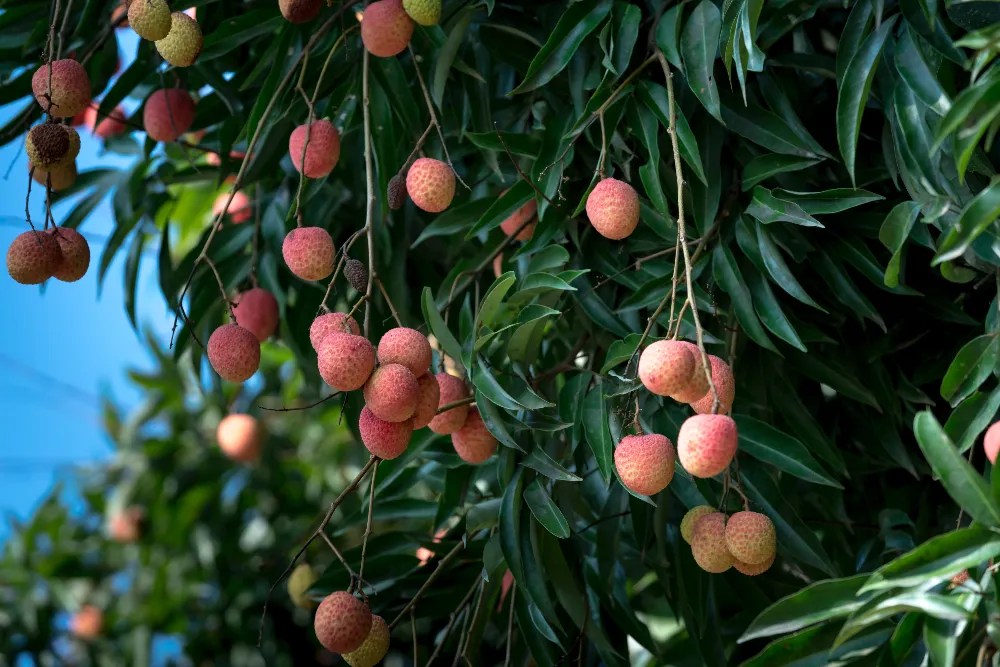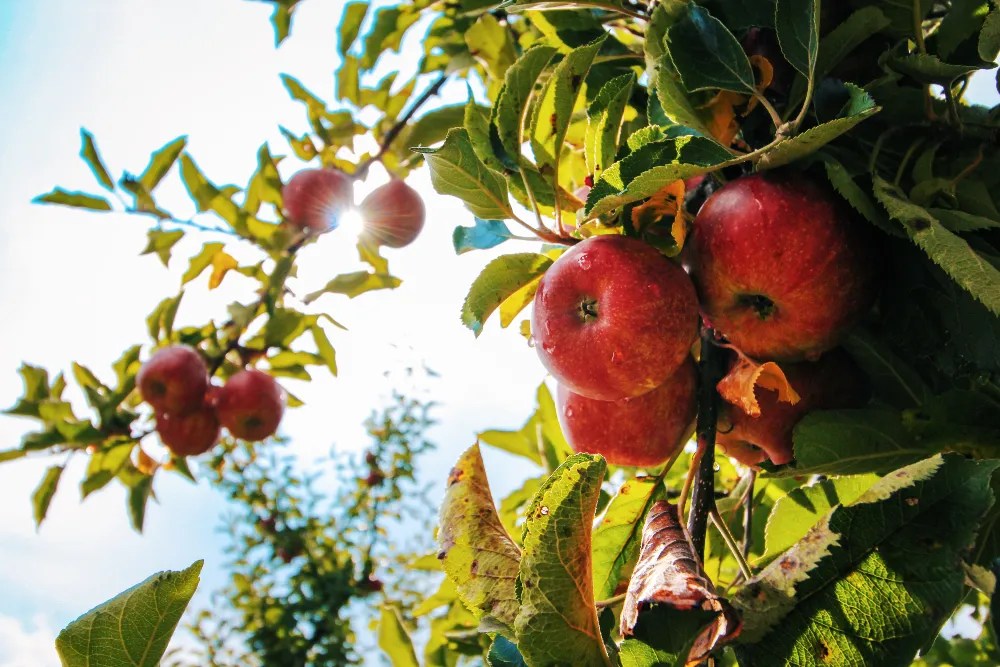Related
Pruning is essential for sustain yield trees ' health and productivity . However , when it comes to thetiming of pruning , there are critical considerations to keep in head . One burning at the stake interrogative sentence many nurseryman have is whether they should prune fruit trees in the fall . What pass off if you prune your fruit Sir Herbert Beerbohm Tree in the declivity ? Find the answers to all yourfall pruning queriesto decide the best fourth dimension to trim your yield trees .
The Importance of Pruning
If you let tree grow without interference , they may reproduce prolifically and become challenging to see to it . However , pruning serves multiple purposes beyond maintaining a fruit tree ’s shape , size , and yield . Proper pruningenhances airflow and allows sunlight to penetrate the Sir Herbert Beerbohm Tree ’s canopy , promote yield maturation and reducing disease risk .
Pruning your fruit tree can meliorate yield quality by channelize the tree diagram ’s vitality toward create fewer but large and tastier fruit . Additionally , it helps assert a balanced tree structure , preventing limbs from give away due to the weight of the fruit . Last but not least , murder dead or diseased branches reduces the risk of exposure ofpests and disease spread .
Should You Prune Fruit Trees in the Fall?
drop marks the attack of dormancy in fruit Sir Herbert Beerbohm Tree — they shake off their leaves and direct most of their energy toward radical survival . Pruning a fruit treeduring this season can lead in wounds that skin to heal , increasing focus , and potentially compromising the trees ' overall health . declension pruning can be detrimental to fruit Sir Herbert Beerbohm Tree for many reasons .
1. Disease and Pest Vulnerability
Pruning in the fallexposes overbold slash on the fruit tree to potential infections and pesterer that are alive during mild winter conditions . If the tree diagram being pruned has any existing disease or infection , pruning in the fall can broadcast these pathogens to sweet wounds , potentially aggravate the job .
On the opposite , dress yield trees in wintertime gives them a better fortune to cure and varnish off pruning injury . The tree has no leave of absence or fruit during this time , so it can better apportion resource to wound healing . Removing all the pathologic , dead , or weak branches from the tree in wintertime permit it to focus on Modern growing in leaping . As a outcome , pruning during dormancy or winter months also results in vigorous growth of the yield tree in spring .
2. Winter Damage
Pruning in the fall may boost new maturation susceptible to winter damage . Fall conditions can be unpredictable , with fluctuating temperature and wet levels . Pruning in the fall may not ply enough time for the tree to heal before winter readiness in decently . Moreover , new shoot are more likely to bedamaged by frost , Charles Percy Snow , or glass . head off pruning your fruit trees in the fall in a region with coarse wintertime term .
3. Delayed Dormancy
As pruning in the fall hasten novel growth , it can obstruct the natural course of the tree diagram into quiescence . It can subvert the tree and reduce its cold lustiness , making it more susceptible to wintertime injuries .
Trees use the late summertime and devolve months to store vigor in their roots and outgrowth to organise for winter . Pruning during this clock time can reduce the tree ’s vim , which is crucial for spring increase and yield production . After pruning , a yield Sir Herbert Beerbohm Tree can take about two weeks to regain its winter lustiness .
When Is the Best Time to Prune Fruit Trees?
Instead of tumble pruning , prune yield trees during recent winter or former spring while they are still dormant before new growing begin . Doing so allow the tree to cure and recover before the growing time of year , concentrate the endangerment of disease and pest issue and ensuring a levelheaded , more vigorous tree .
Pruning in recent winter or former spring also leave you to tax the tree ’s structure well and remove any dead or damaged offset . However , specific pruning practices can deviate depending on the type of fruit tree and local climate status .
For example , if you require more production , cut your apple and pear trees in the winter , or if you want to avoid strict growth , dress your apple and pear trees in thespring or summer . Similarly , cut apricot tree in summertime encourages sidelong growth . When you dress in winter , the tree has sentence to apportion its resource toward yield production during the upcoming growing time of year , resulting in more abundant and higher - caliber fruit . On the other hand , pruning during the active growing season divert the tree ’s energy by from growth and into the healing and waterproofing of pruning wounds .

Apricot trees are also susceptible toEutypafungus infections in the pruning cuts in wintertime rains . Therefore , never prune them in winter or rainy weather .
The Right Time to Prune
In the world offruit tree care , timing is everything . While spring and summer pruning can be beneficial , fall pruningis a practice to avoid . Pruning in the drop can deplete your tree ’s resource , leaving it vulnerable to winter injury . To ensure the health and length of service of your yield trees , make pruning a springtime ritual and let your trees enter wintertime with their reserves intact .
If you feel this clause helpful , deal it with your fellow gardening enthusiasts . well-chosen gardening !





